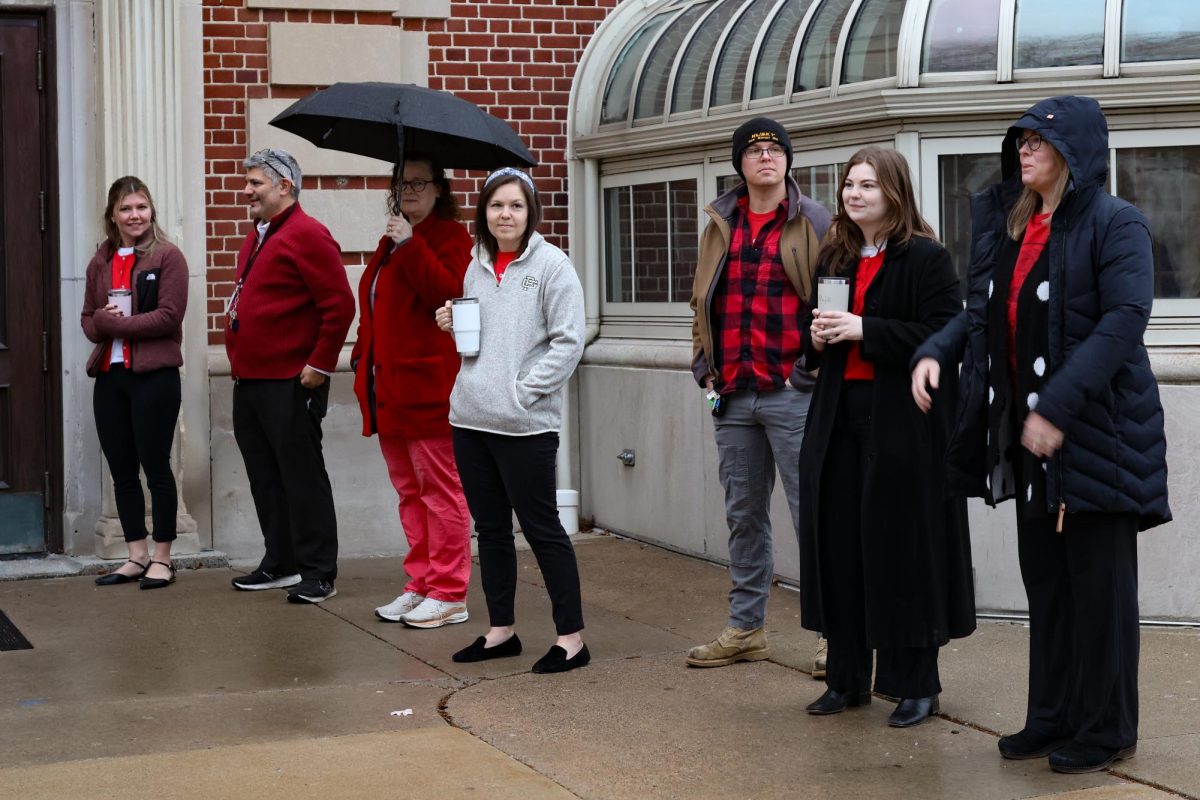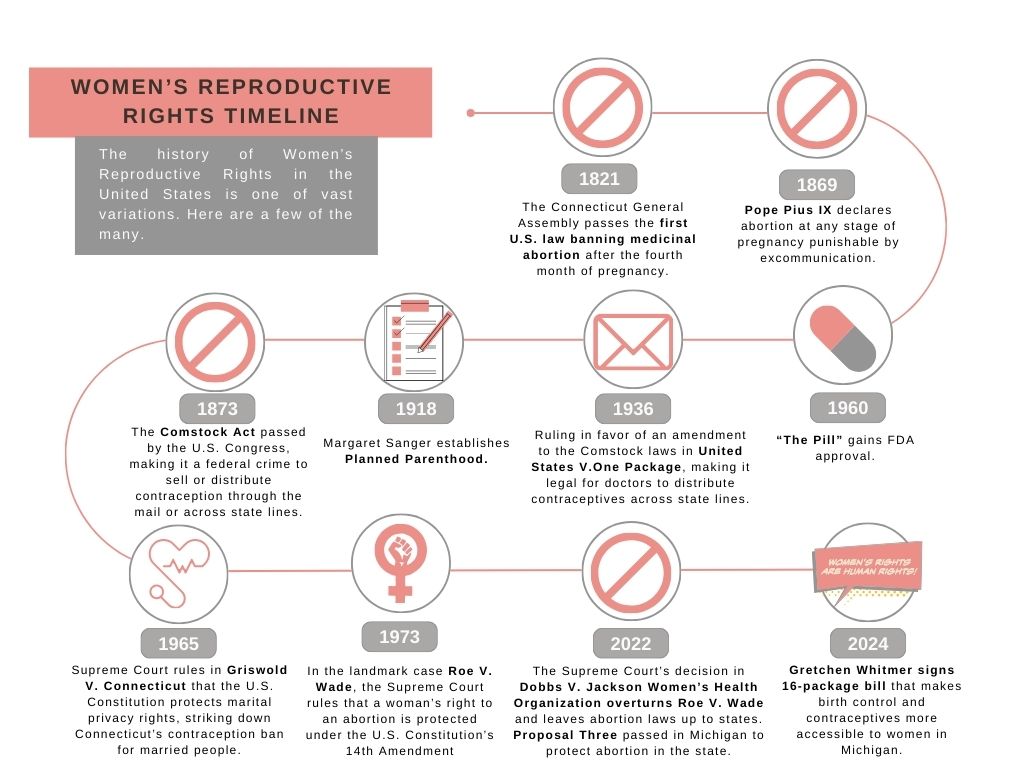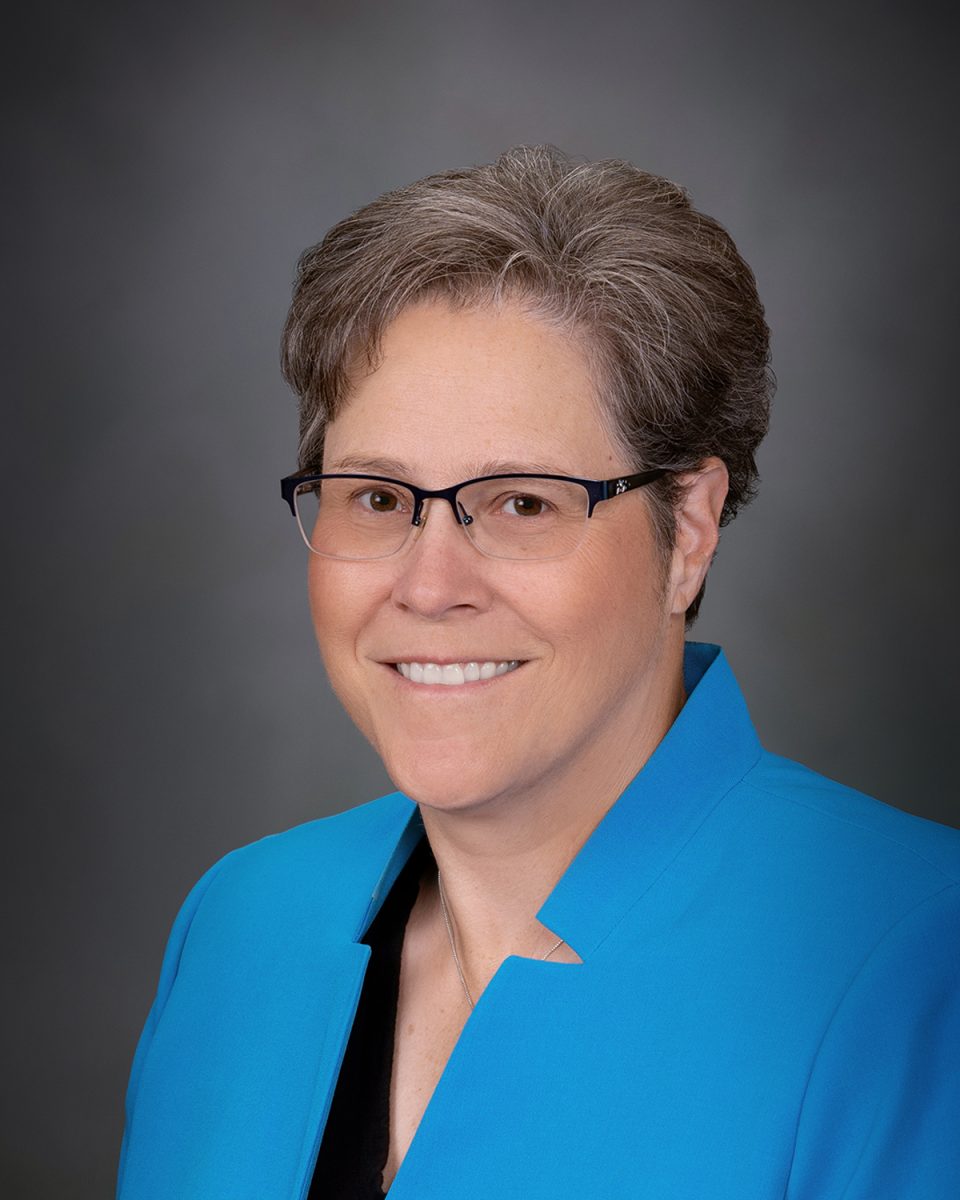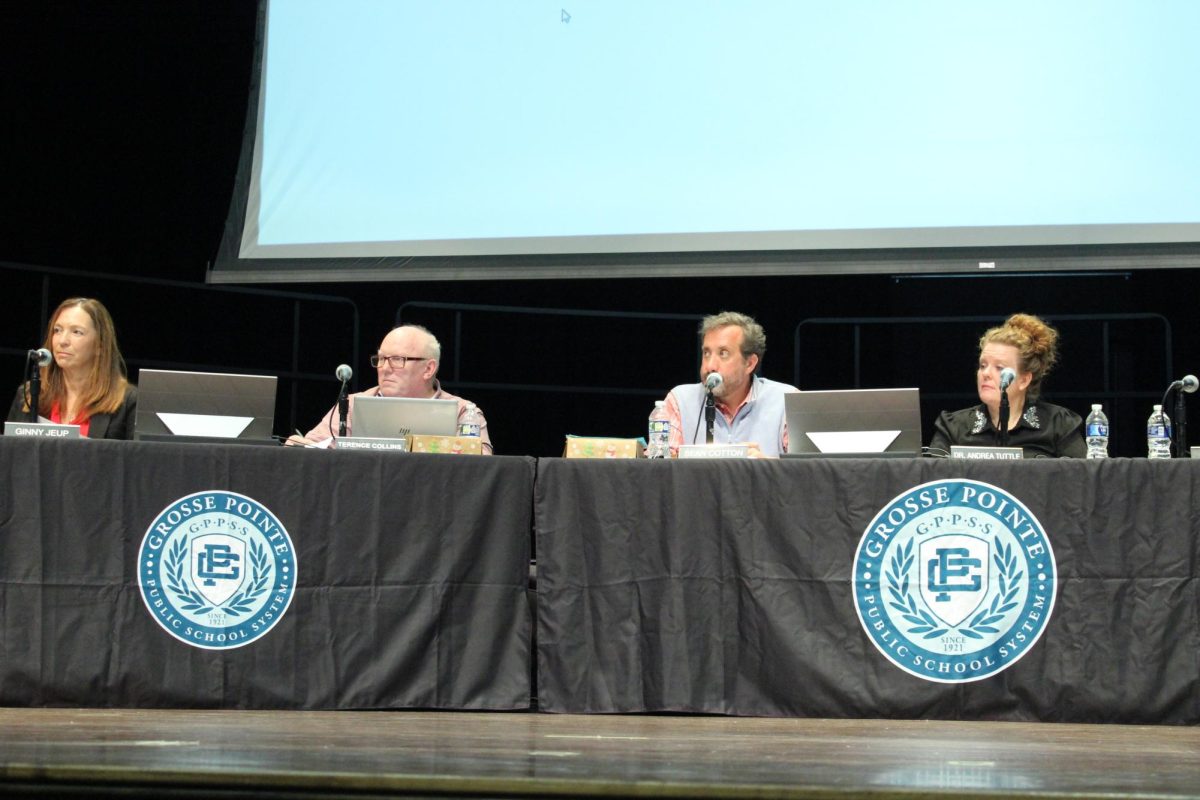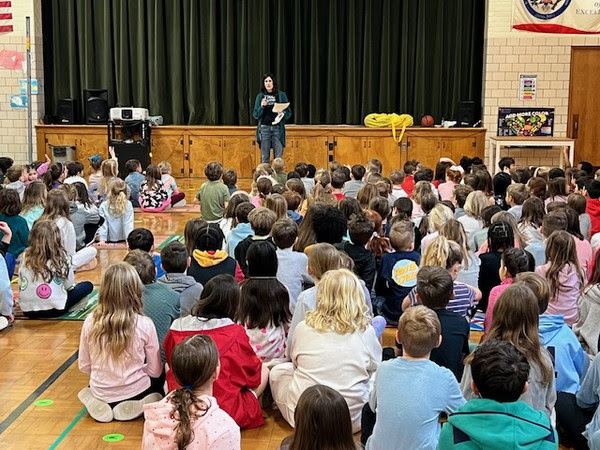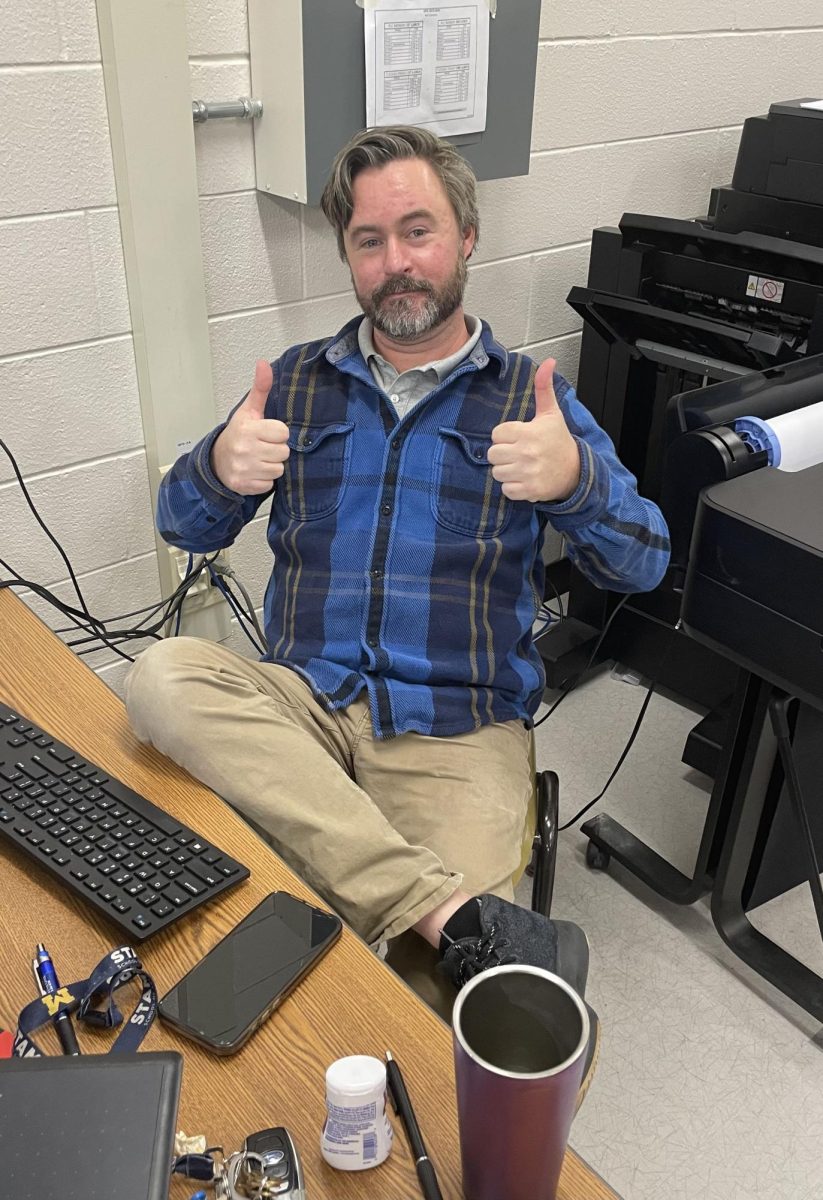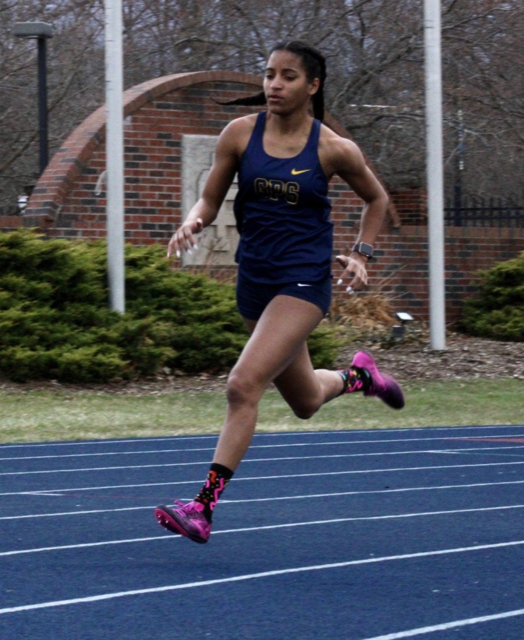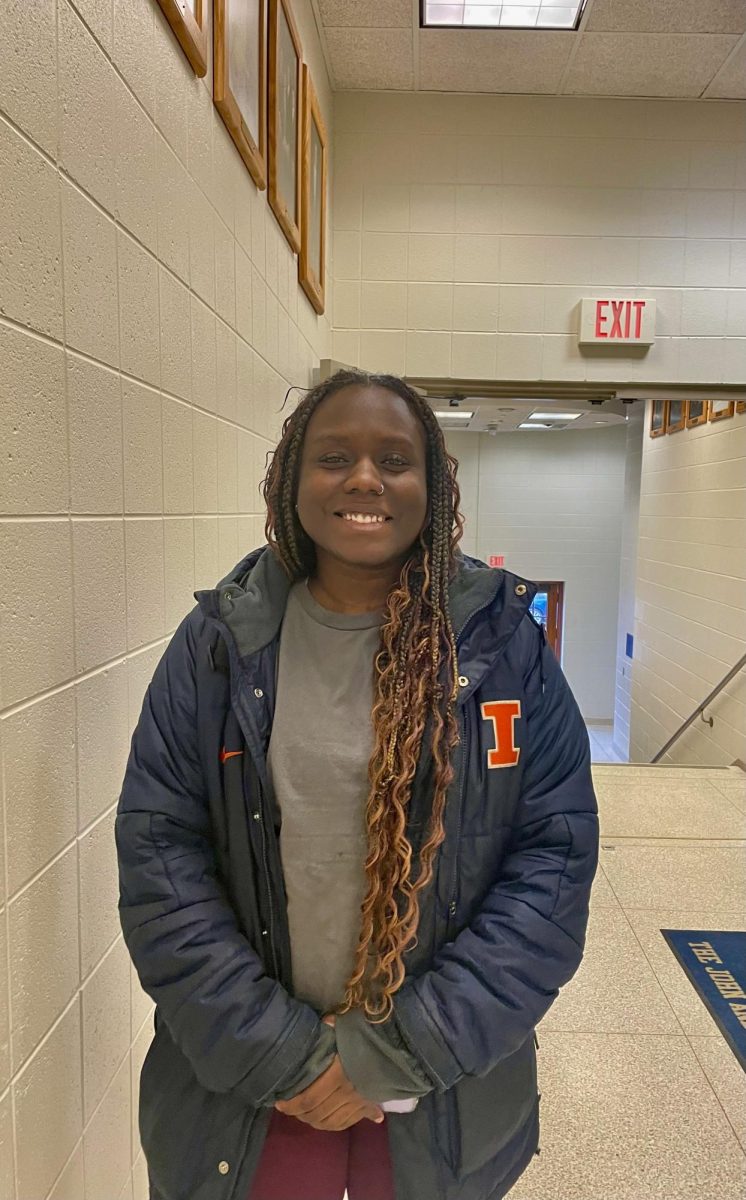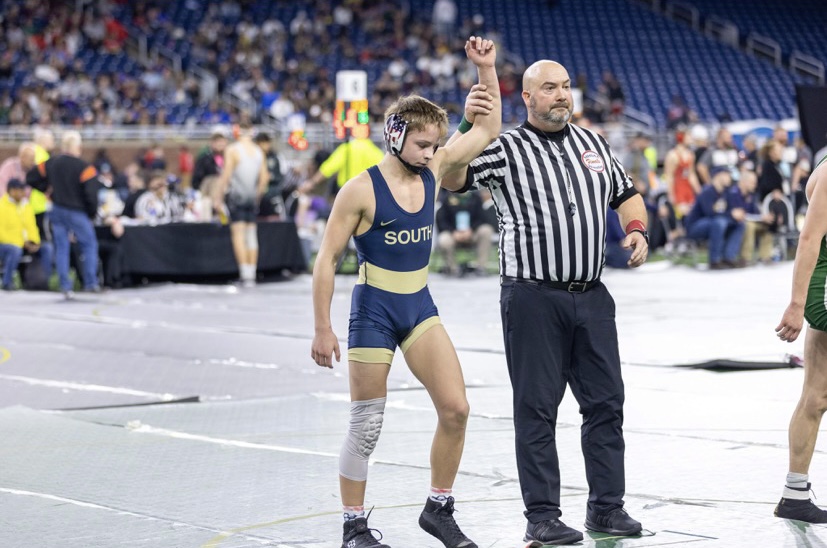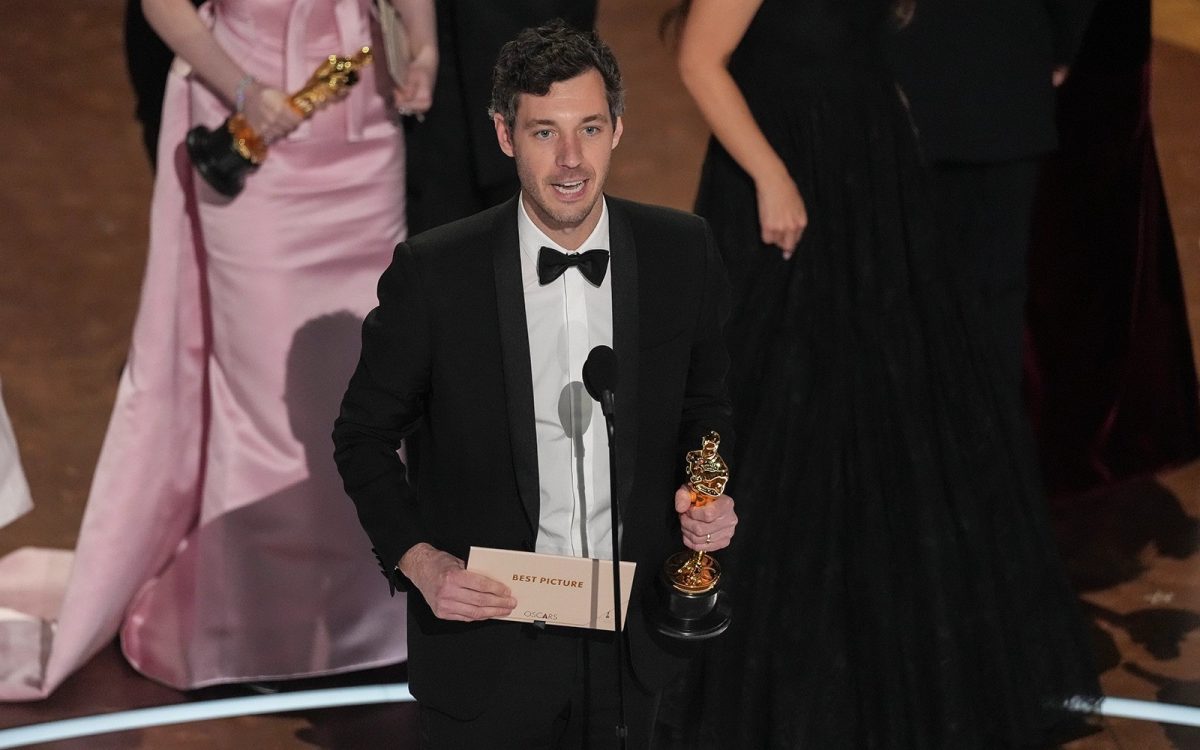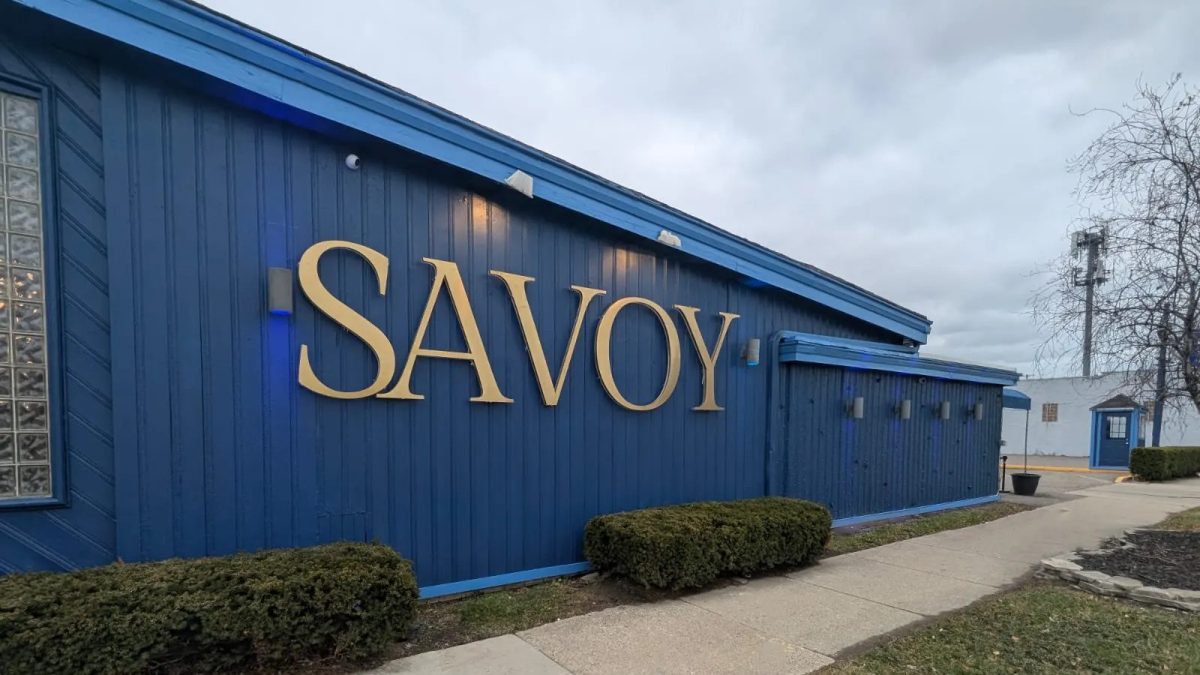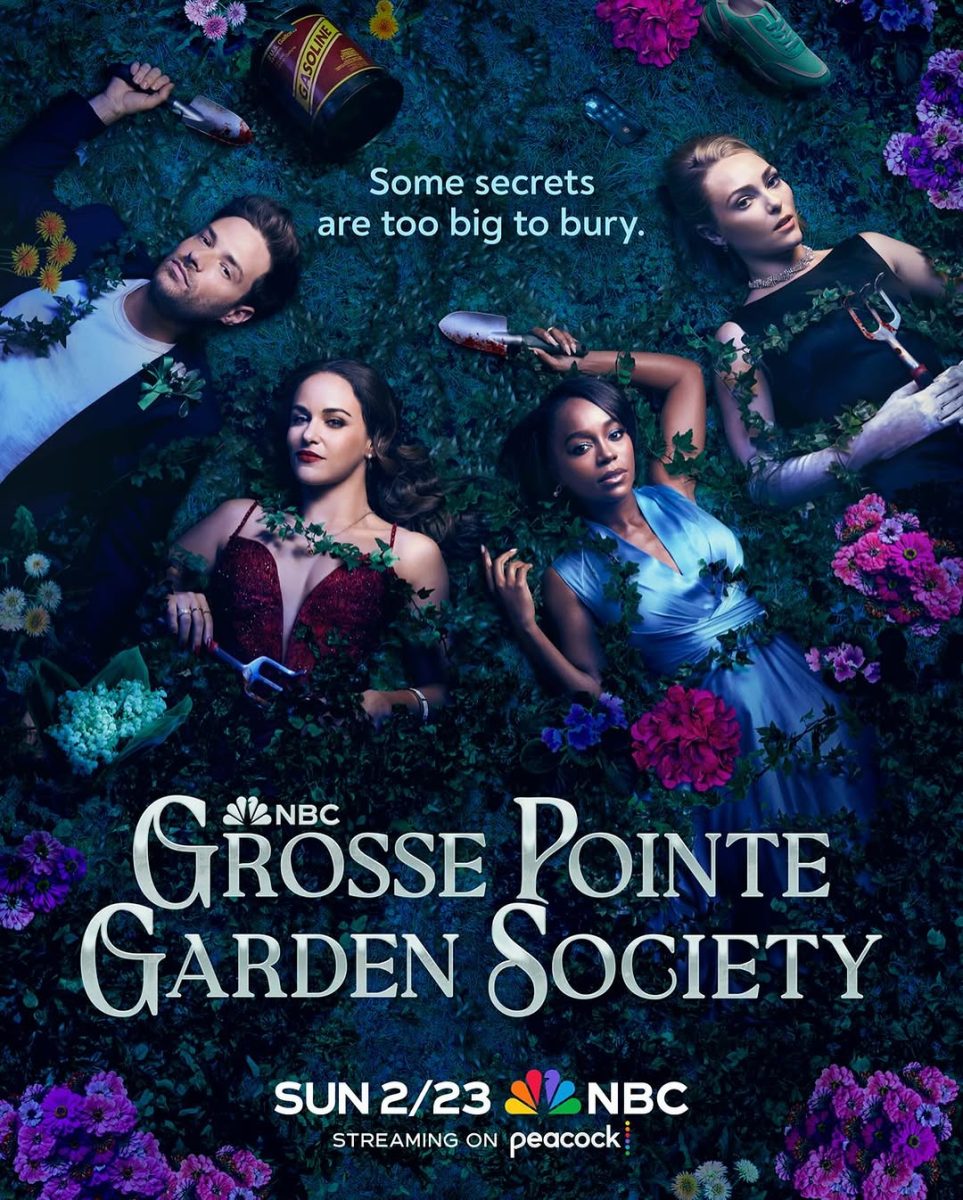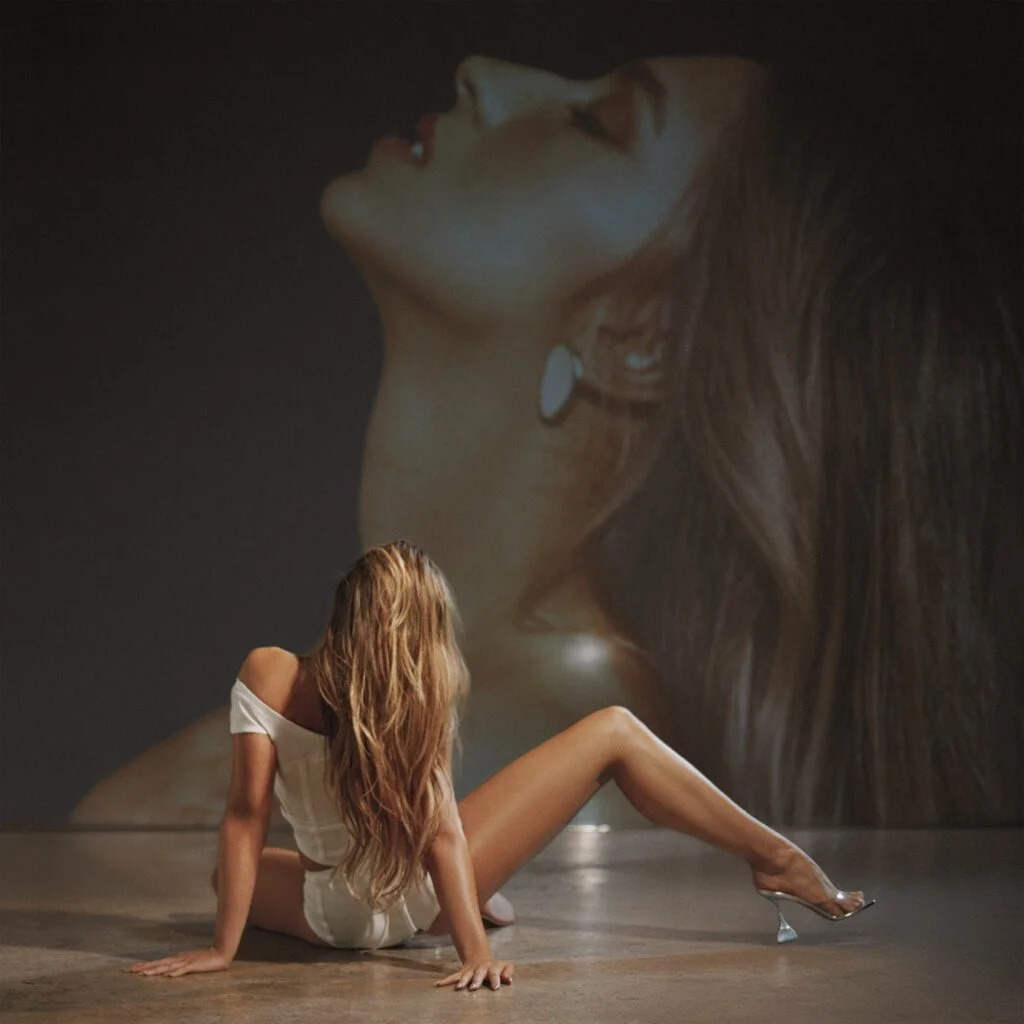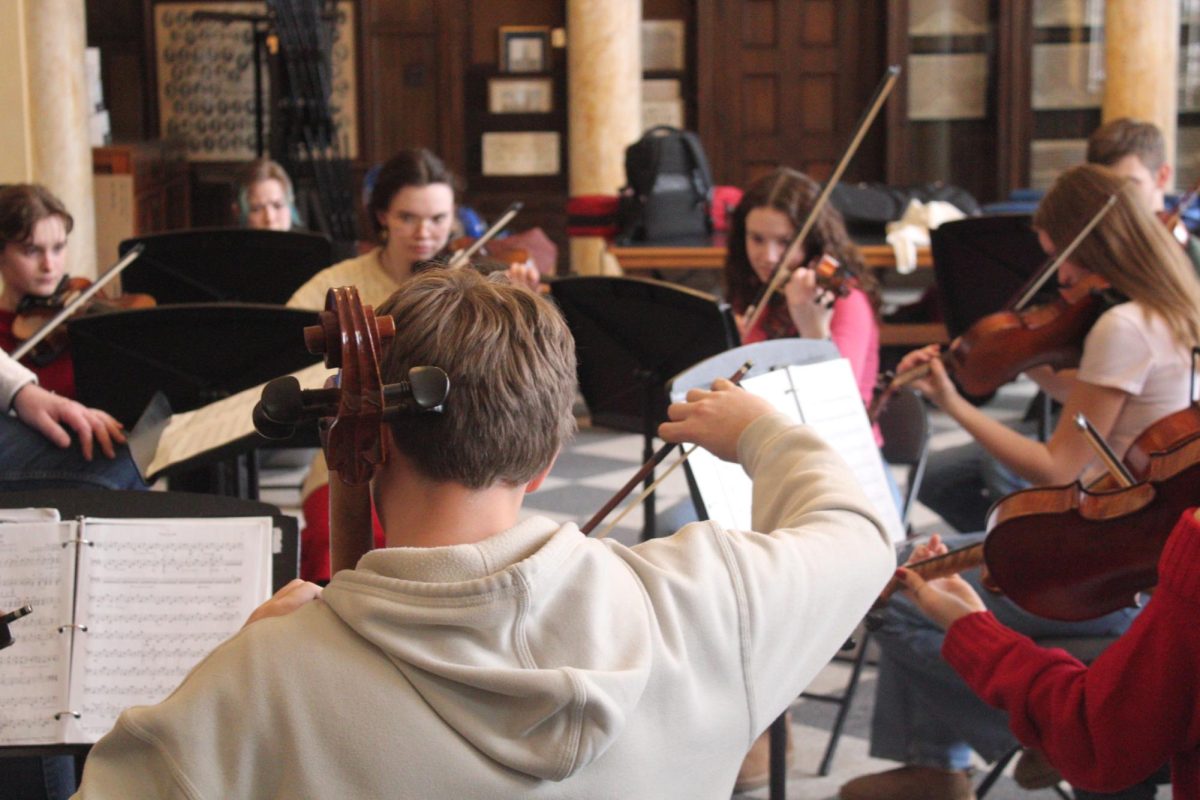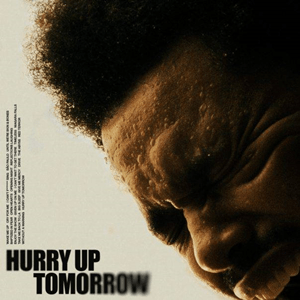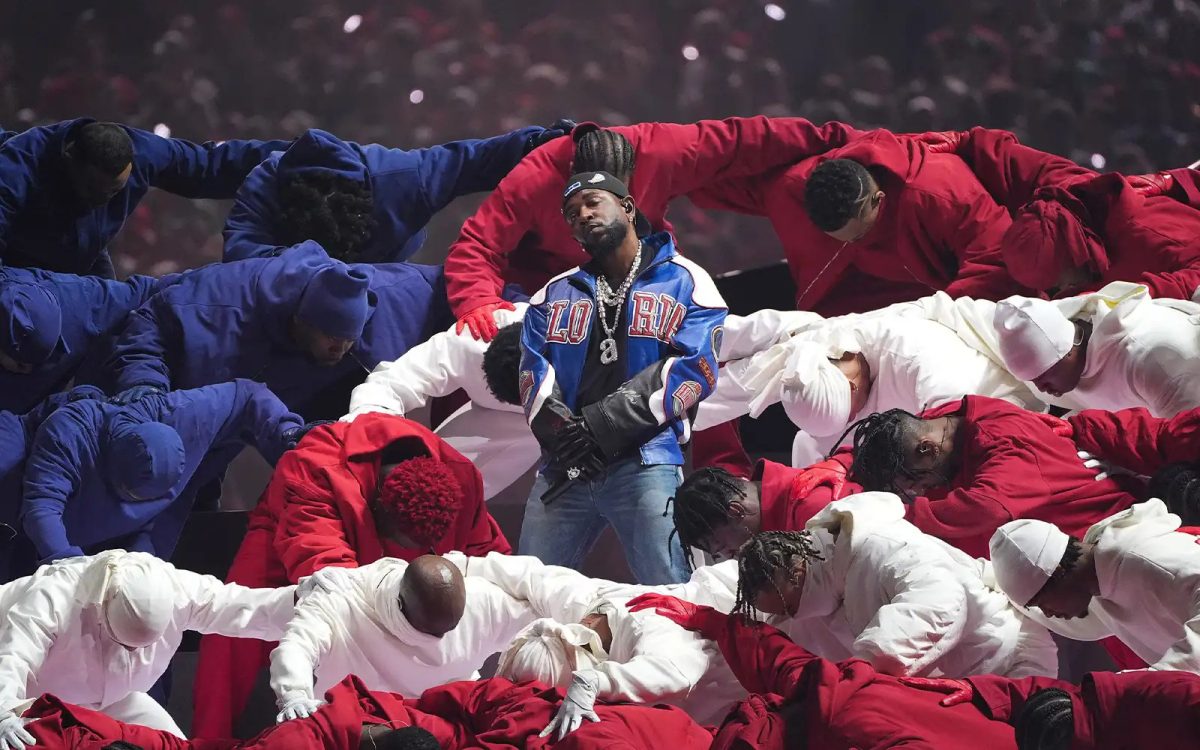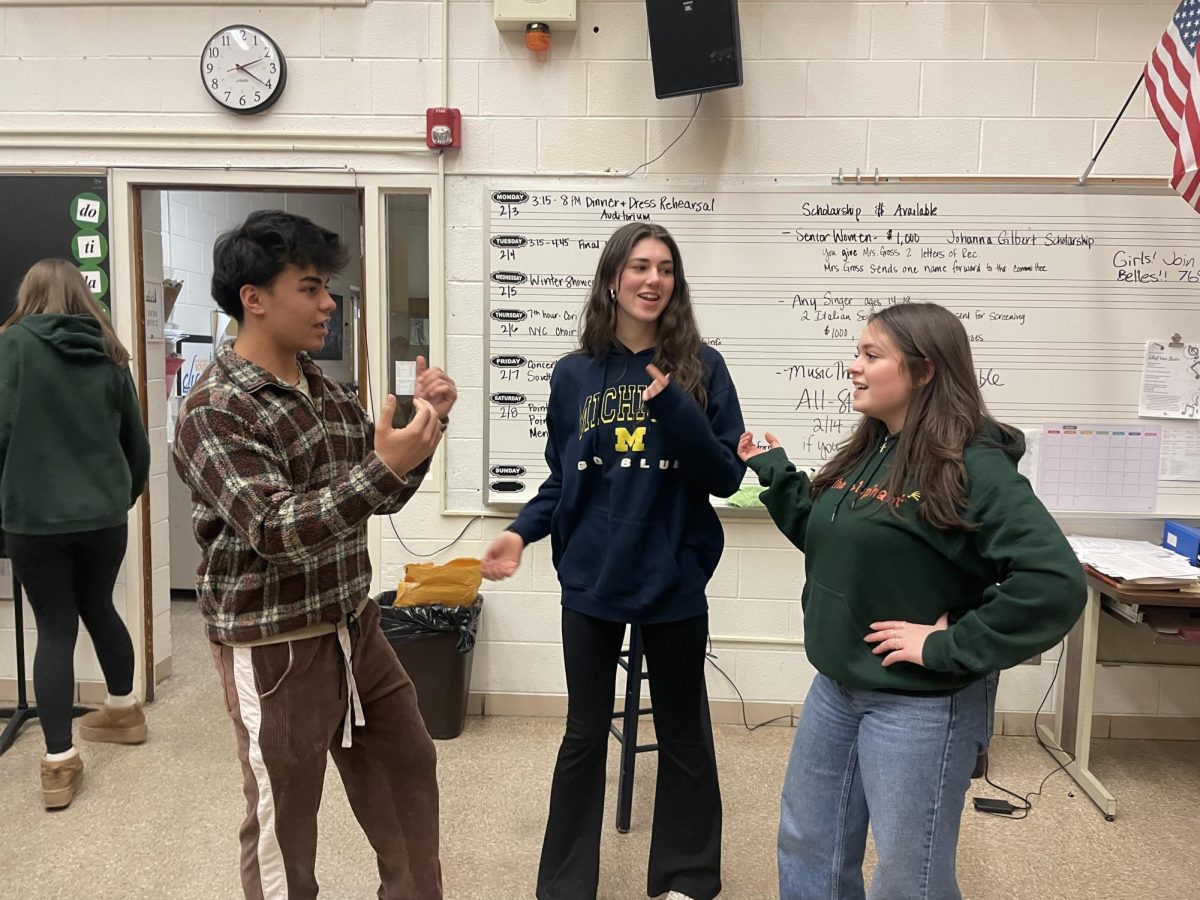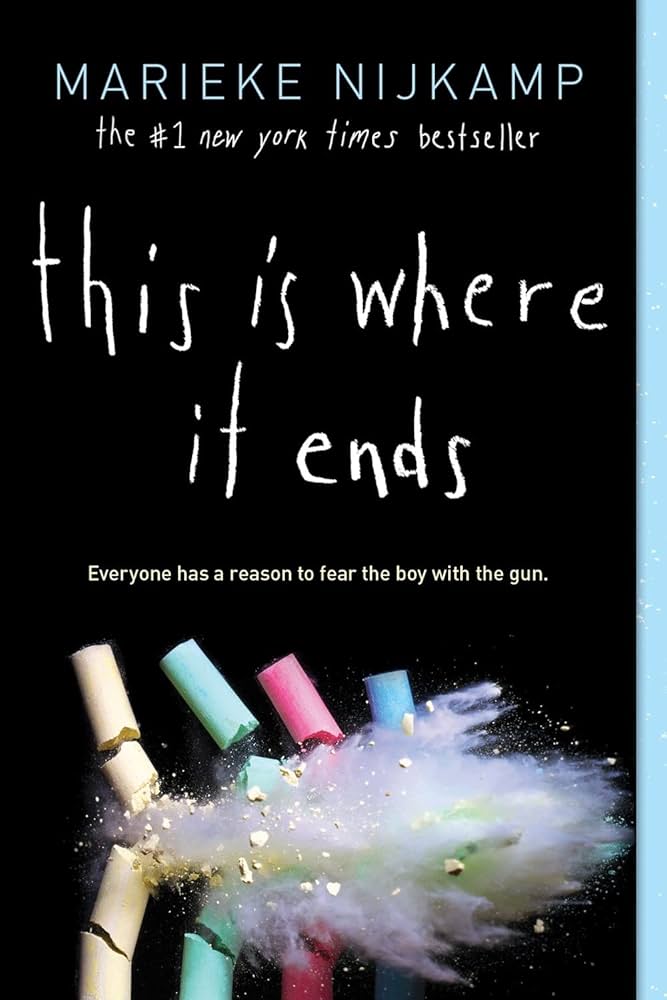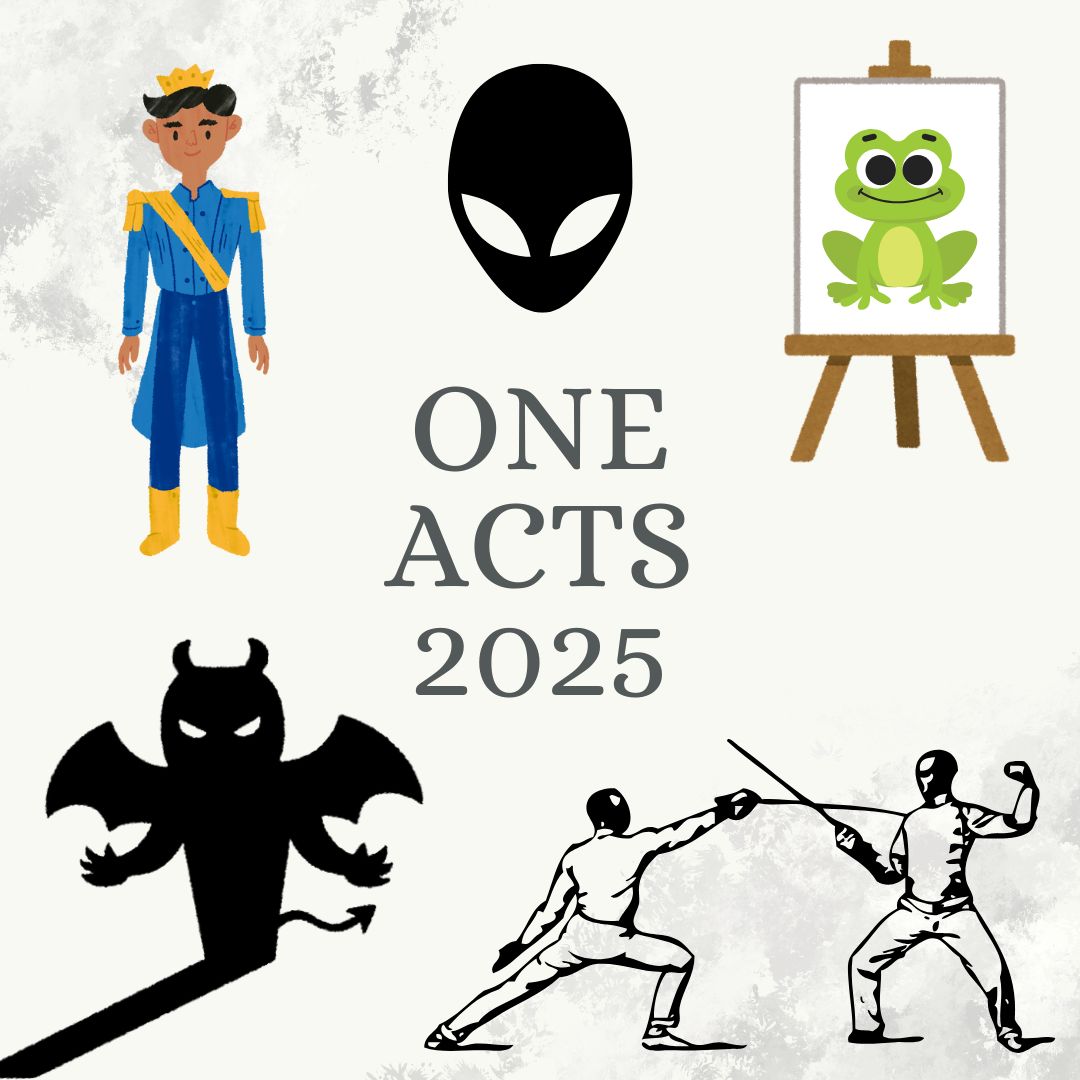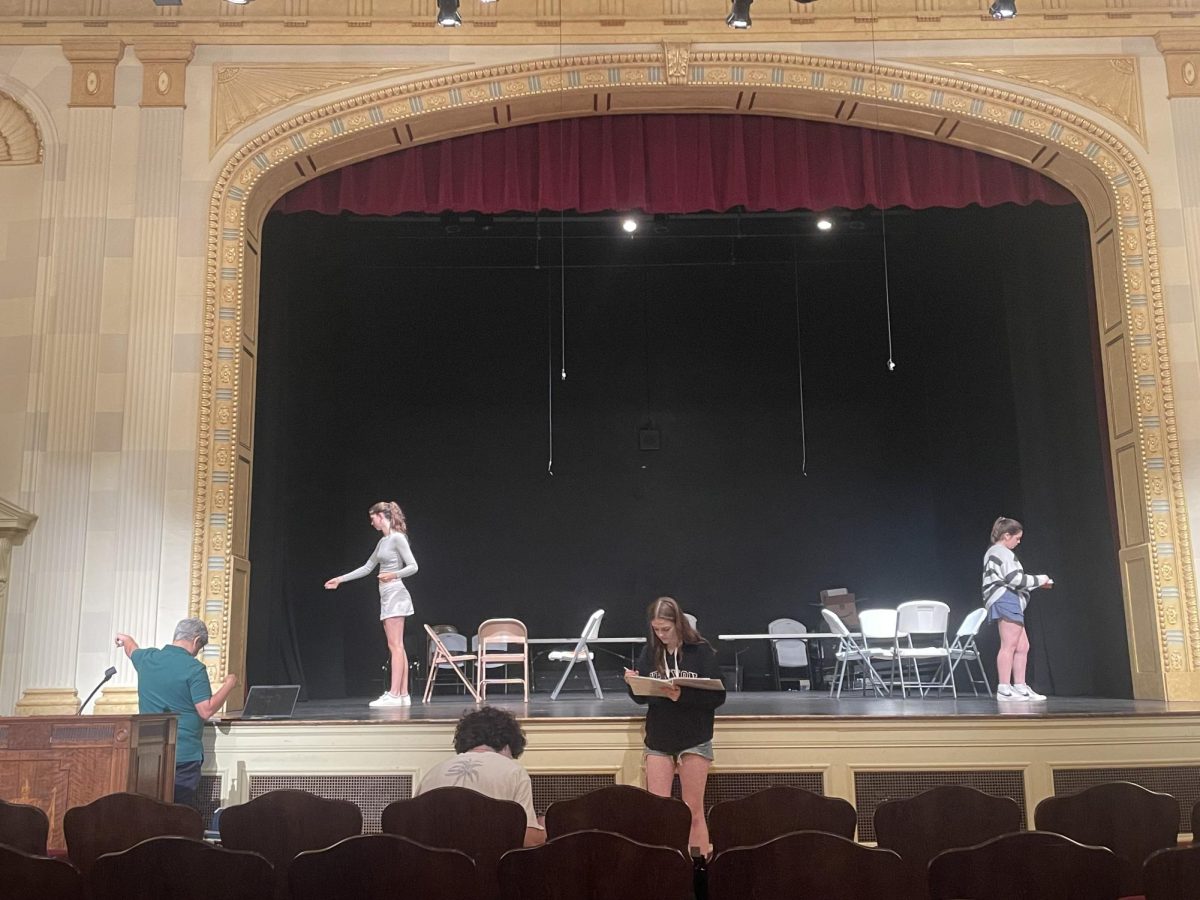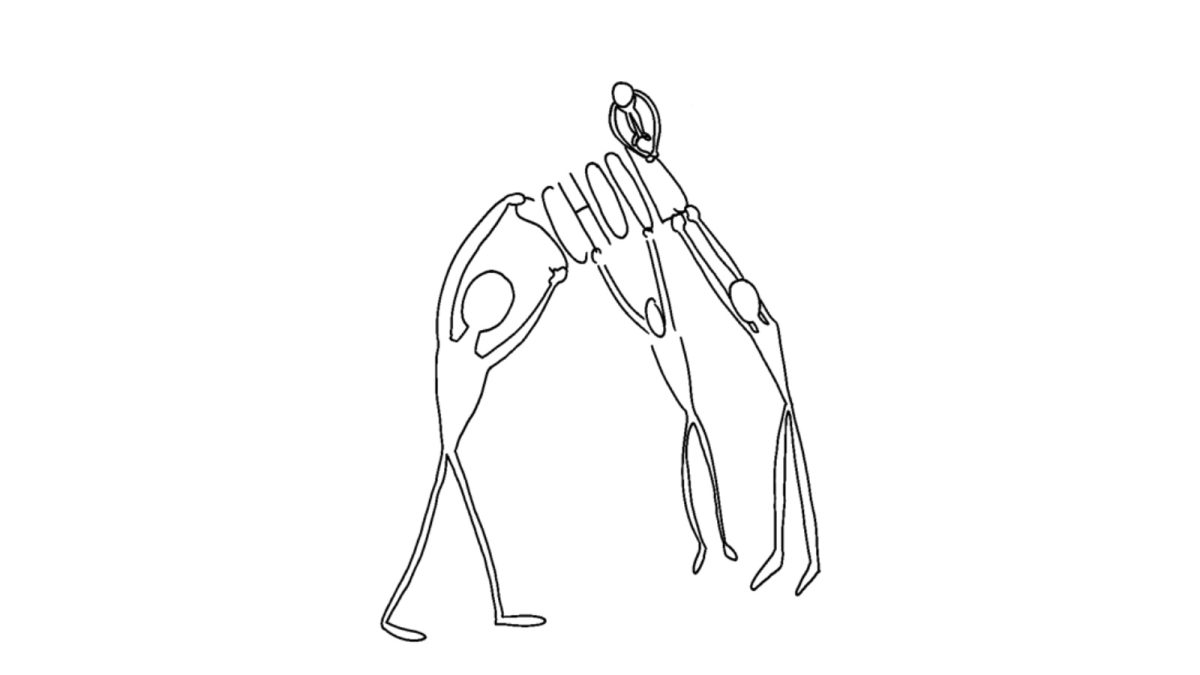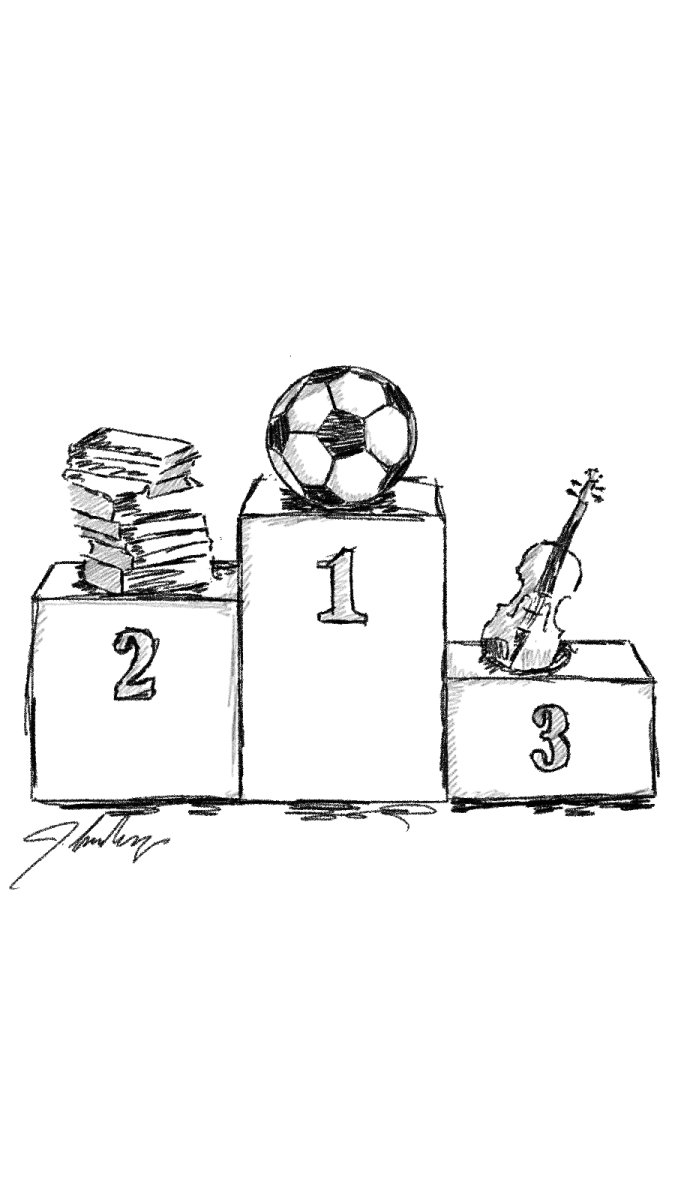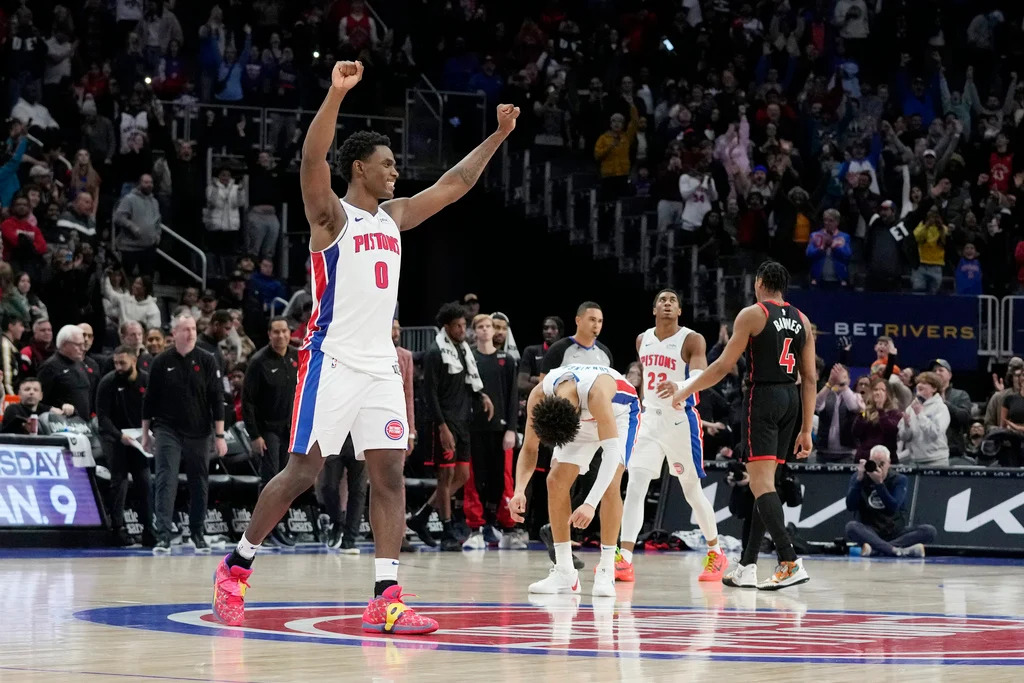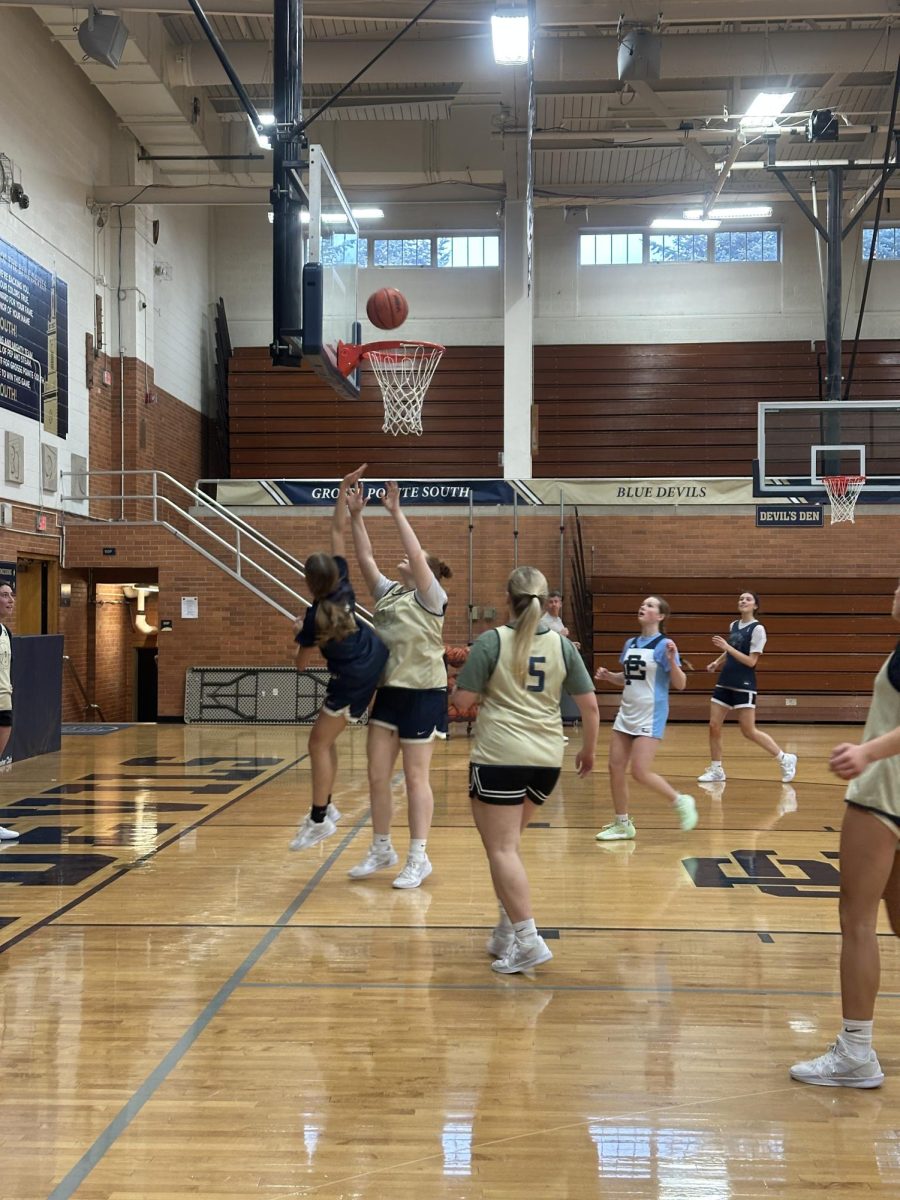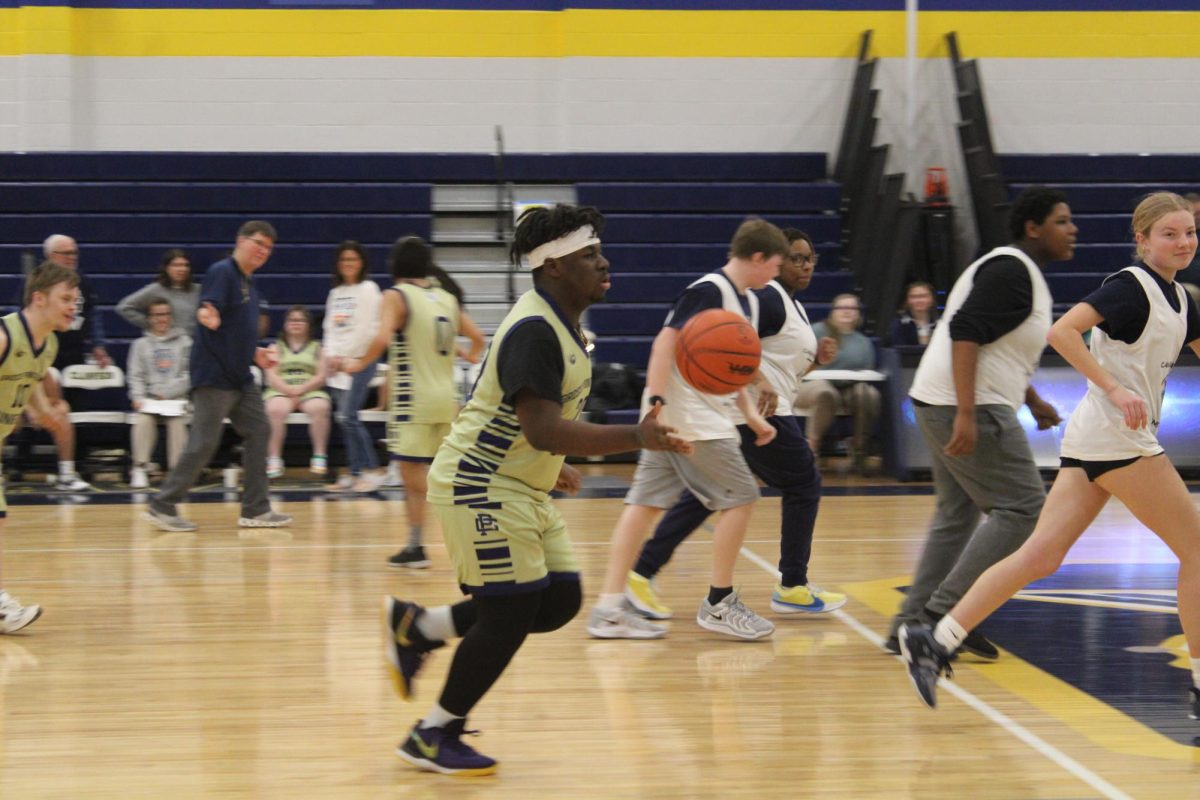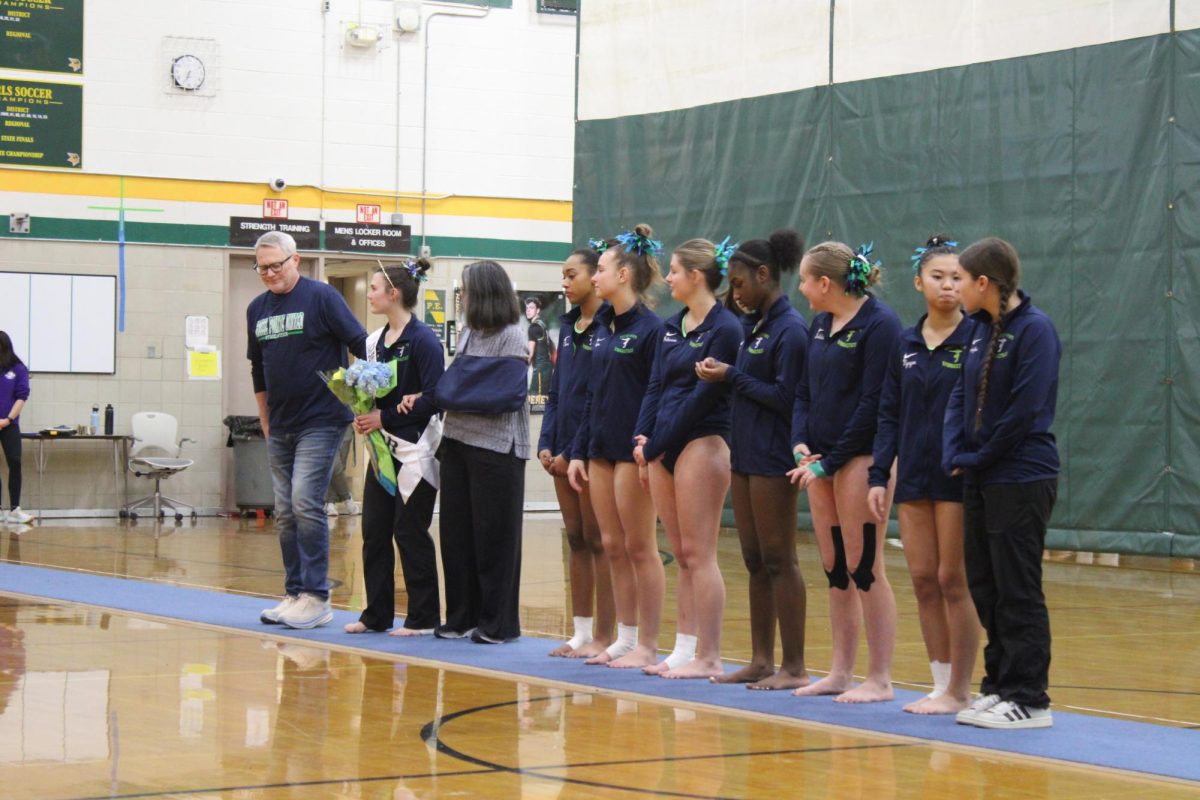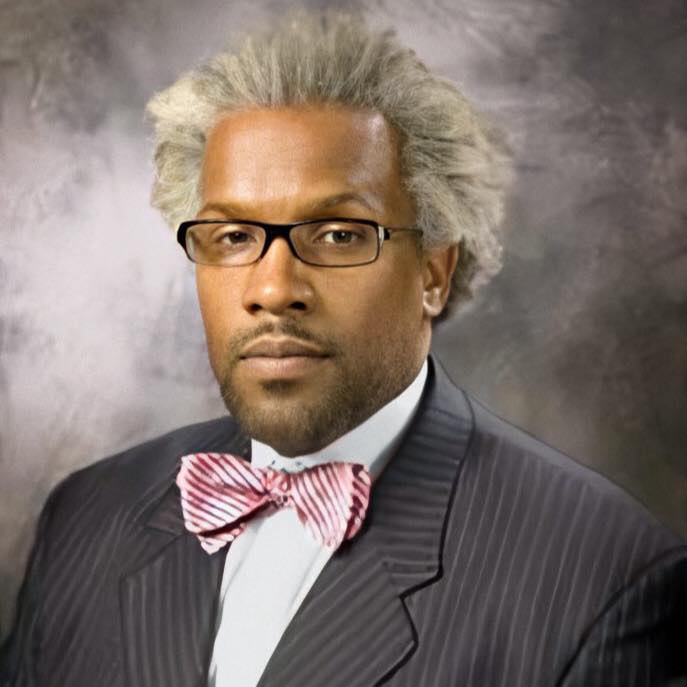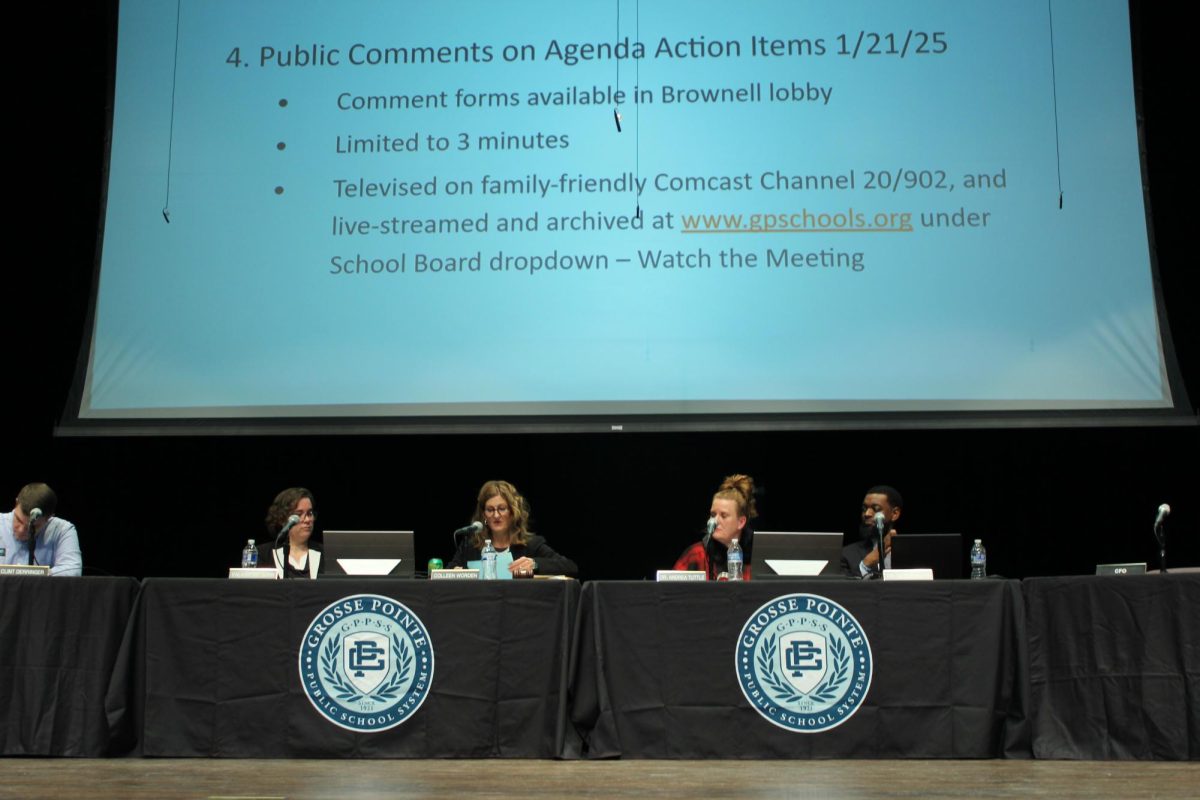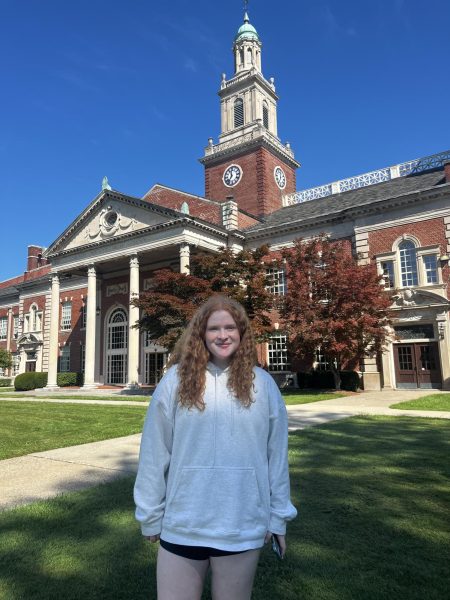Over the last 10 years, Hollywood has had an obsession with the biopic, which made me and other social media trolls hesitant for director James Mangold to tackle such a complicated and beloved star as Bob Dylan. But Timothée Chalamet was able to prove us wrong. Chalamet stepped into the shoes, and voice, of greatness to embody a young Dylan grappling with finding himself in a new space, physically and mentally, in Mangold’s A Complete Unknown. Not only did Chalamet put on a captivating performance, but he was also able to bring meaningful music from a folk legend to a new generation.
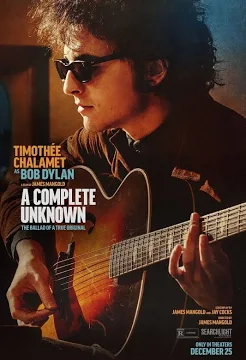
The film follows a youthful 20-year-old Dylan discovering the Greenwich Village folk scene, as well as following him through his first love until the famous 1965 Newport Folk Festival. But the most compelling storyline was the focus on Dylan trying to grapple with his new fame. He went from being a couch-crashing 20-year-old to an international superstar within just a few years, even playing at the 1963 March on Washington with Martin Luther King Jr. Chalamet was able to play the versatile character, the “misunderstood,” and at times pretentious, Dylan, with few imperfections. His performance highlighted the most formative years of Dylan’s career, going from being a scruffy, dirt-covered boy with a guitar in hand to the clean-cut, sunglasses-wearing Dylan we know.
Clearly, Chalamet, Boyd Holbrook, who played the heroic Johnny Cash, Edward Norton, who portrayed folk troubadour Pete Seeger, and Monica Barbaro, who played the folk legend Joan Baez, all dedicated themselves to preparing for their roles as musicians, as they all got their character’s voices dead on. According to the film’s production team, all of the music was recorded live on set—an extremely difficult accomplishment for recording historically accurate songs live. Chalamet and Barbaro’s duet of the fan favorite, “It Ain’t Me, Babe,” during the 1964 Newport Folk Festival was a direct recreation of the performance Dylan and Baez gave to the excited audience. With the exception of “Girl From The North Country,” a song in which Chalamet’s voice sometimes sounds forced and mimicking Dylan’s deep, nasal voice, the soundtrack is spot on.
But this performance could not have been as successful as it was without the complement of his co-stars, including Elle Fanning, who played Dylan’s first girlfriend in New York City, Sylvie Russo, based on Suze Rotolo, who appears on the arm of Dylan on one of his most iconic albums, The Freewheelin’ Bob Dylan. Fanning was able to give a character in the life of Dylan a new perspective than just the girlfriend of a literary genius. She exemplified her artistry, not just through her art shows held in her Greenwich Village apartment, but in her spirit when choosing to break her relationship off with Dylan towards the end of the movie. It takes a strong person to resist the life of glamour that being Dylan’s girlfriend at the time would have been to recognize when you are not being treated right. The most remarkable part of Fanning’s performance was the lack of words she used to show how unhappy Russo was in the relationship—just her glossy eyes looking up at Dylan on stage when singing with Baez. Her voice was never raised, even in the tear-jerking chain-link fence goodbye between Russo and Dylan.
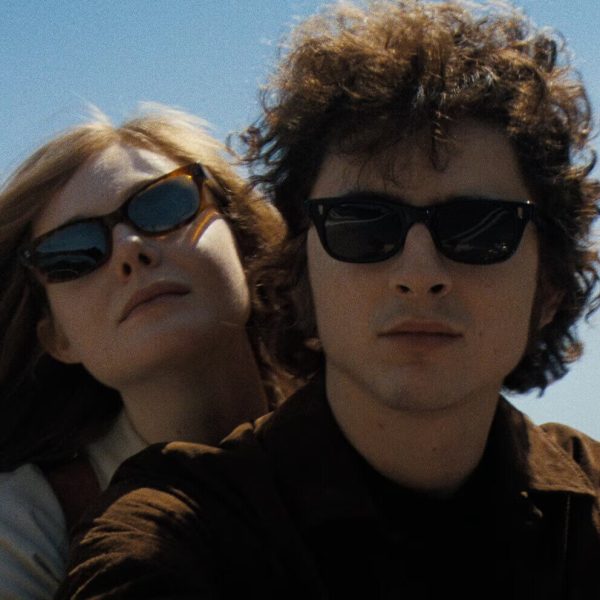
As I can imagine, trying to accurately portray someone who has tried incredibly hard for more than six decades to remain a mystery would have been a seemingly nearly impossible task, but Mangold was able to do it. A Complete Unknown was able to capture the young, snarky Dylan with the signature big black curls matched with an all-black outfit, with black sunglasses, regardless of the time of day. In interviews, Chalamet stated that in 1961 there was only one short video of him not talking, making his research process that much harder, considering the first third of the film occurred in this era. Since Dylan came on the music scene in the early 60s, he had worked to stay as mystifying as possible. At one point in the film, Dylan’s girlfriend of months asks Dylan, “Who are you, Bob?” pressing Dylan to open up to her after months of them dating—he never let people get too close. Just by watching a thirty-second clip from the 1965 San Francisco Press Conference, a source Chalamet said he viewed continuously to understand his attitude toward the world, you can understand how witty yet elusive Dylan was. He has stayed elusive even in his early 80s, now barely interacting with any form of press.
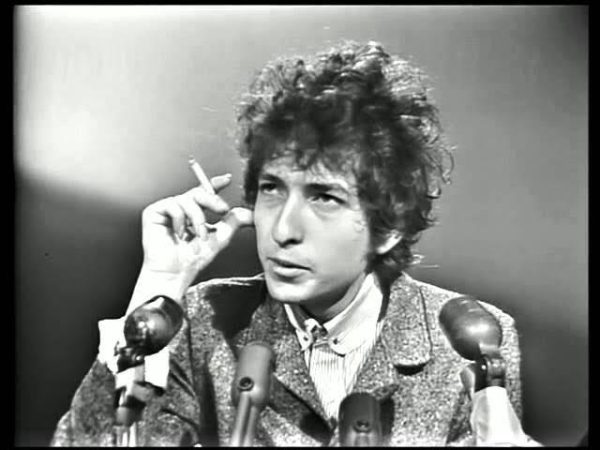
As both a Baez fan and a Bob Dylan fan, I believe that the film could have delved further into the relationship between the two adored folk masterminds. The relationship portrayed in the film made Baez out to be the person who broke Dylan and Russo apart, when in reality it was the scope of his indescribable fame that split the two, or Dylan’s distant personality. Although Dylan and Baez’s friendship continued past their relationship in the 60s, the film could have gone further into Baez’s perspective rather than showing the short, snarky actions or remarks she made to Dylan when she was upset with him. From a fan’s perspective, Baez was not shown incorrectly, but misrepresented.

Towards the end of the film, as Dylan broke out “Maggie’s Farm” at the 1965 Newport Folk Festival when Dylan turned “electric,” it is clear that this was amped up for dramatic effect. Chalamet in interviews has stated that a major challenge for this film to overcome was trying to make it exciting for viewers. Considering Dylan’s life, especially in the early years of his career, was slow-paced, at some point in the movie, there needed to be excitement—and that came in the form of punches thrown and Pete Seeger looking at a row of axes, thinking of cutting the power from Dylan’s set on stage. Prior to Seeger’s death in 2014, he had said that he wished he could have cut the power to the set, meaning that the axes thrown into the movie for dramatic effect were not accurate.
In November of 2018, around the time when Chalamet said he was handed the script for A Complete Unknown, my dad brought me to see Dylan play at the University of Michigan’s Hill Auditorium. Almost 60 years after Dylan had initially played in Hill Auditorium in 1963, Dylan pulled off an alright performance—just alright. His voice was inarticulate, and at some points, it was unclear what words he was saying, leaving the audience to guess what song he was singing. I would later see him again at Pine Knob Music Theater this past September, where again, he was just alright—not that Dylan would care what I thought of it. Both times he played my favorite Dylan song, “Simple Twist of Fate,” which made me forget the gravelly, inarticulate songs.
As a newer Dylan fan in the grand scheme of his career, this movie was able to show me who the old, somewhat grumpy man on stage once was—still grumpy, but someone who was not afraid of other’s thoughts. Someone who just did what they loved.
Back six years ago when I told my friends who I was going to see, they not only had no idea who he was, but insulted me when I showed them his music. Now those same friends are blasting “Like a Rolling Stone” when driving by my house. This movie was able to bring a whole generation of purposeful experimental rock, folk, and whatever other genres Dylan has attempted to the young minds of America.



